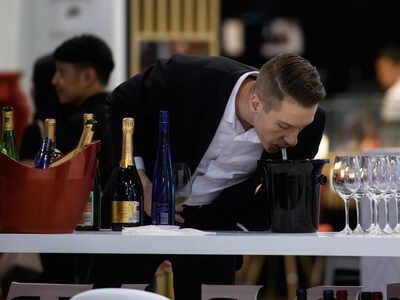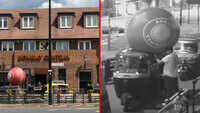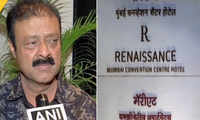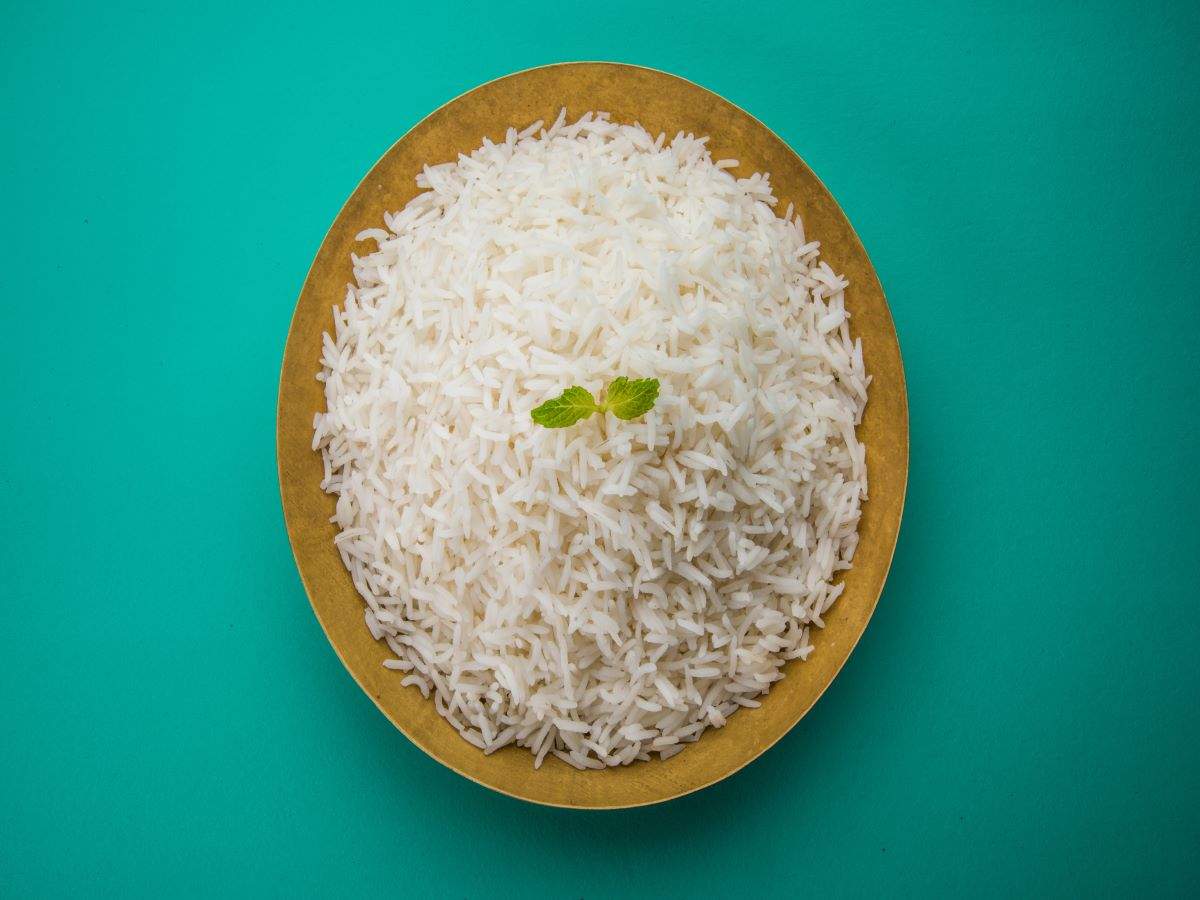
PARIS: Spitting is frowned upon in polite society — unless the spitter is engaged in tasting wines. “It’s by spitting out the wine that you will be even more distinguished in society,” pleads Pierre-Jules Peyrat, a Paris sommelier.
Holding forth before a rapt crowd at a wine-tasting in the French capital, Peyrat begins by sticking his expert nose into a glass of chilled rose: it is important to get a good whiff before tasting the wine.
Once in the mouth, the wine is swirled around — or chewed — for a few seconds. The taster may then make a “duck face” to allow a bit of air in to detect further characteristics, a step called “grumage”.
Next, the mouthful of liquid is spewed back out in an unapologetic burst into a spittoon.
For professionals, tasting wine means assessing its appearance, or robe, its interaction with air, its aromas and finally its taste, as well as its “structure” in the mouth.
The first step is to identify the wine’s basic quality: is it bitter, sweet, salty, acid or umami — that elusive taste between acid and sweet that is prized in Asia?
The appraisal then turns to the tactile sensation the vintage creates: coarse, astringent, effervescent? Spitting the wine out is intrinsic to a tasting.
“People think swallowing the wine will give you more aromas, but that’s false,” said Olivier Thienot, who founded the Ecole du Vin de France in 2003. “The aromas often come after the spitting,” agrees Christophe Marchais, an oenologist from western France, acknowledging that the act may seem “a bit bizarre”.
Spitting, when the wine mixes with air coming from the nose, can bring out “other prevalent aromatic notes”, Peyrat says, calling the process “retro-olfaction”. It “is a much more intense pleasure than being drunk,” he adds.
For France’s some 7,000 oenologists, “spitting is an ordinary act”, says Thienot, adding a professional taster can assess as many as 100 wines on a given day.
Holding forth before a rapt crowd at a wine-tasting in the French capital, Peyrat begins by sticking his expert nose into a glass of chilled rose: it is important to get a good whiff before tasting the wine.
Once in the mouth, the wine is swirled around — or chewed — for a few seconds. The taster may then make a “duck face” to allow a bit of air in to detect further characteristics, a step called “grumage”.
Next, the mouthful of liquid is spewed back out in an unapologetic burst into a spittoon.
For professionals, tasting wine means assessing its appearance, or robe, its interaction with air, its aromas and finally its taste, as well as its “structure” in the mouth.
The first step is to identify the wine’s basic quality: is it bitter, sweet, salty, acid or umami — that elusive taste between acid and sweet that is prized in Asia?
The appraisal then turns to the tactile sensation the vintage creates: coarse, astringent, effervescent? Spitting the wine out is intrinsic to a tasting.
“People think swallowing the wine will give you more aromas, but that’s false,” said Olivier Thienot, who founded the Ecole du Vin de France in 2003. “The aromas often come after the spitting,” agrees Christophe Marchais, an oenologist from western France, acknowledging that the act may seem “a bit bizarre”.
Spitting, when the wine mixes with air coming from the nose, can bring out “other prevalent aromatic notes”, Peyrat says, calling the process “retro-olfaction”. It “is a much more intense pleasure than being drunk,” he adds.
For France’s some 7,000 oenologists, “spitting is an ordinary act”, says Thienot, adding a professional taster can assess as many as 100 wines on a given day.
Download The Times of India News App for Latest World News.
more from times of india news
World Cup 2019
Trending Topics
More from TOI
Navbharat Times
Featured Today in Travel
Get the app









